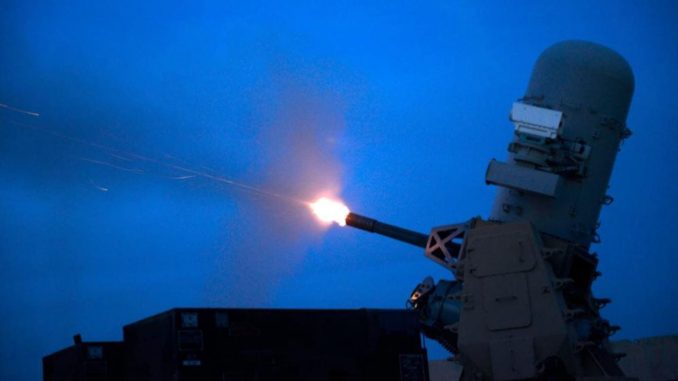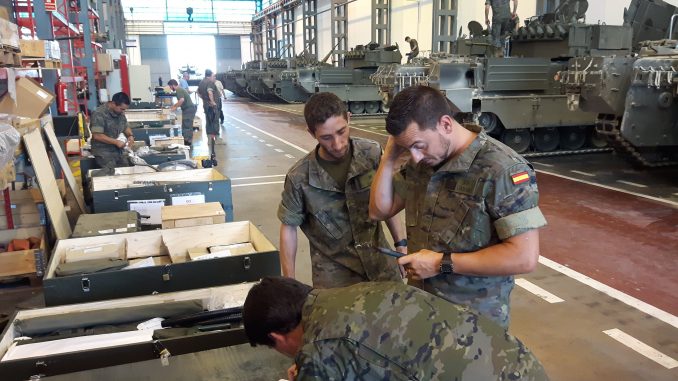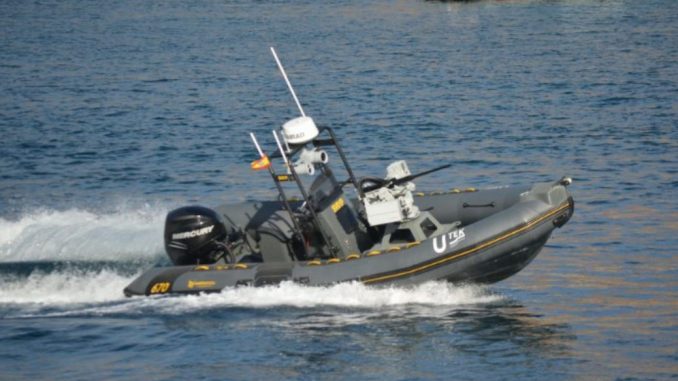
The return of point defense systems
Antiship Missile Defense (ASMD) depends, when all else fails, on point defense systems (Close In Weapon System or CIWS). Examples such as the Red Sea today, where American ships have had to resort to these installations to defend themselves against Houthi attack vectors, demonstrate their importance and relevance. In order for them to correctly fulfill their mission, in addition to a weapon up to the task, they must have capable sensors and be - whenever possible - integrated into a command and control system that automates their use. In the Spanish case, although the industry has proposed various solutions, we still do not have a system capable of dealing with present and future threats with guarantees, with all that this implies for the survival of our vessels. surface. (Keep going…) [Keep reading…]


